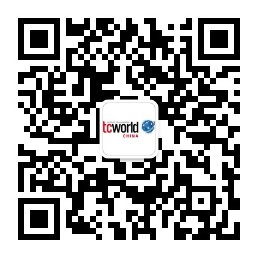In the era of rapid globalization, modern translation services have become increasingly crucial in facilitating cross-cultural communication and driving business collaboration. Meanwhile, Generative AI is revolutionizing the landscape and processes of translation services at an unprecedented speed and scale. This presentation will delve into the applications and advantages of Generative AI in modern translation.
Firstly, I will provide a brief overview of the principles and development of Generative AI, highlighting its groundbreaking advancements in the field of natural language processing, such as large language models (LLMs). I will then delve into the specific applications of these technologies in translation services, including accelerating translation speed and improving quality, optimizing terminology consistency and contextual accuracy, promoting the sharing and reuse of language resources, and assisting translators in engaging in more creative and value-added work.
Furthermore, the presentation will demonstrate the auxiliary functions provided by Generative AI for translation services, such as translation memory, terminology management, and automatic proofreading tools, and explore new modes of collaboration between AI and translators.
Lastly, I will discuss the challenges and opportunities of applying Generative AI in translation services, including issues related to data privacy, terminology consistency, and cultural sensitivity. I will also provide insights into the innovative trends shaping the future of translation services and offer feasible strategies and suggestions for practitioners.
